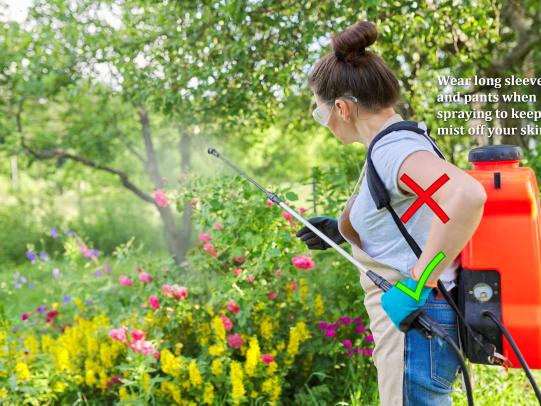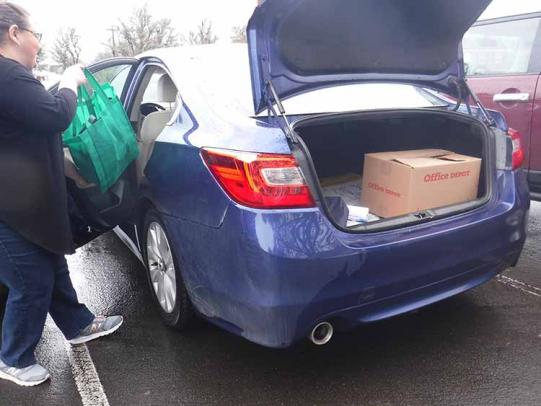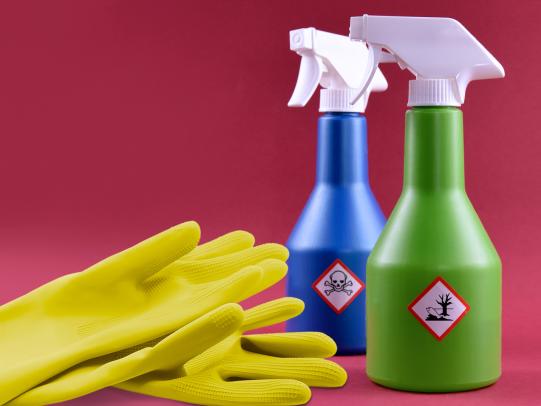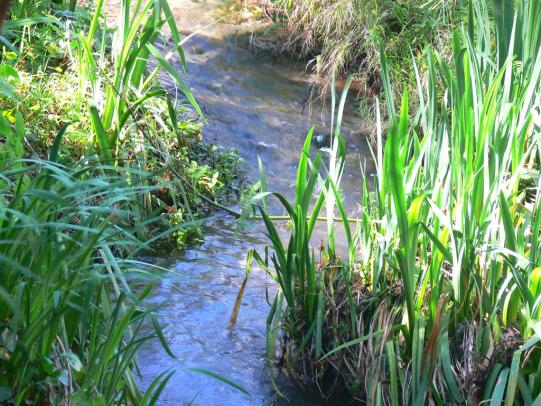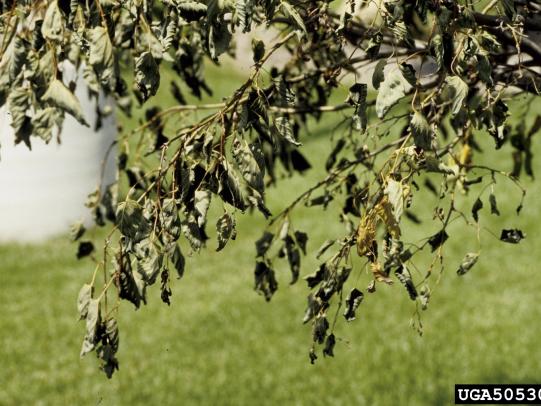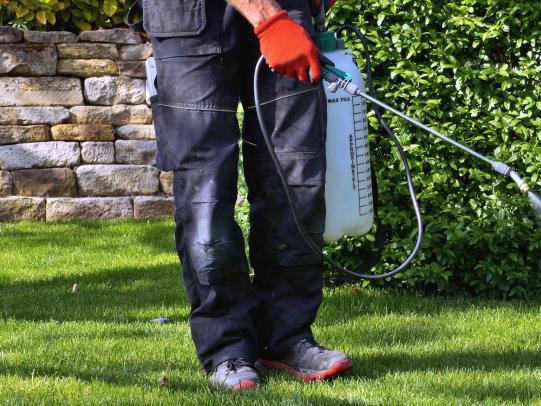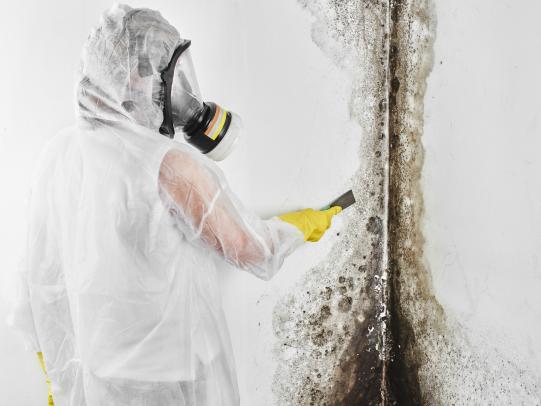Read product labels and follow the instructions to maximize benefits and minimize risks.
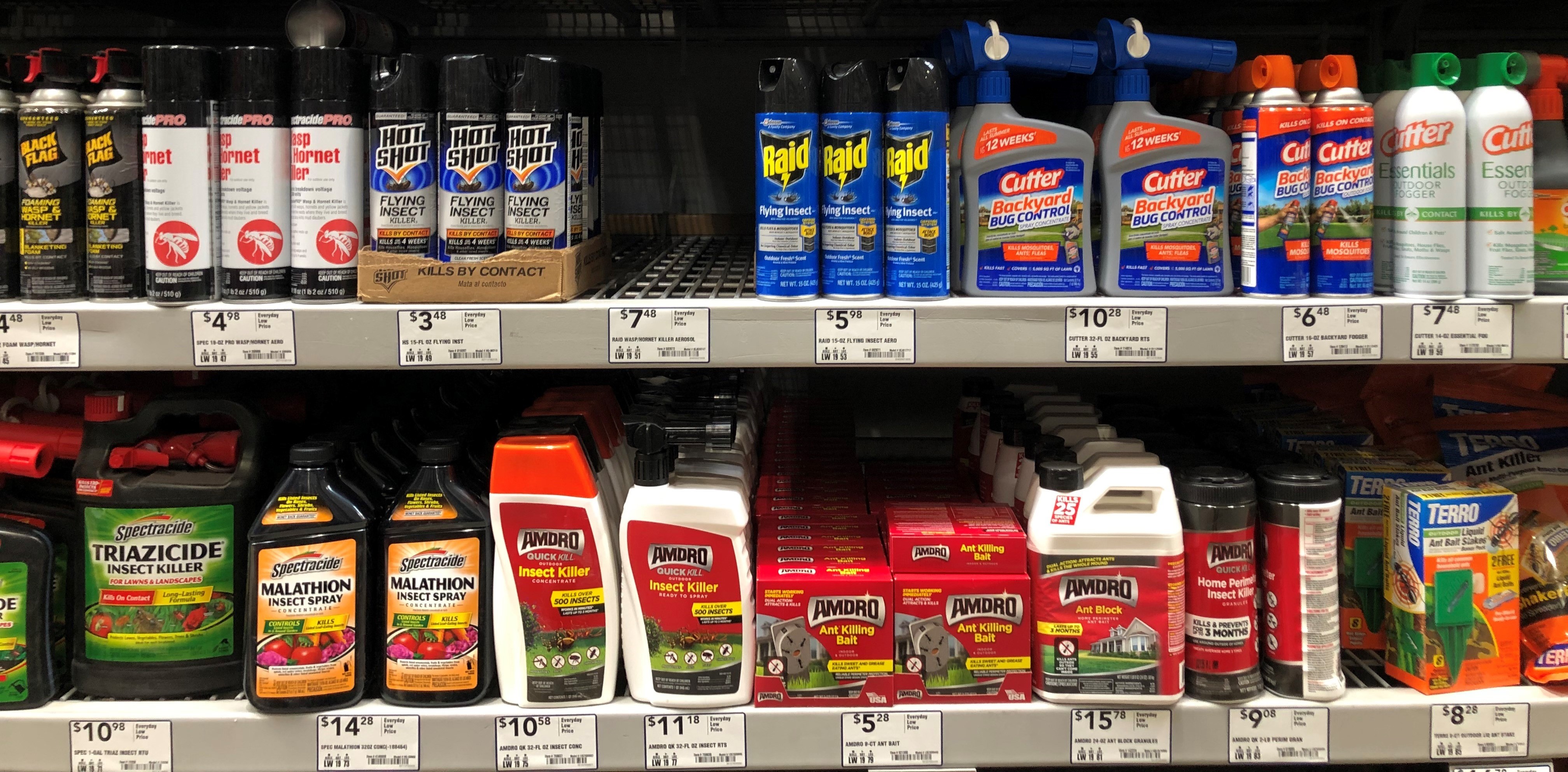
ABOUT PESTICIDE LABELS
The photo shows a selection of pesticide products on a store shelf. The label on each product is unique. Labels have key information about how to use the product. They also have important details about how to minimize risks to you, your family, and the environment.
Labels are effectively contracts between the US Environmental Protection Administration (EPA), the manufacturer, and the user. They have information about the proper use of the product. ALWAYS read and follow label instructions.
What are pesticides?
Pesticides are products designed to kill rodents, weeds, mosses, insects, plant diseases, and slugs & snails. Household disinfectants such as bleach and ammonia are considered pesticides. Flea killers are too.
what are their risks?
All pesticide products carry some degree of risk to people and the environment.
The risk of pesticides depends on:
Exposure—How much chemical you're exposed to.
Toxicity—How poisonous is the chemical.
To learn more about the risks, see Understanding Pesticide Risks (National Pesticide Information Center).
WHY IS IT IMPORTANT TO READ PESTICIDE LABELS?
Pesticide labels:
- Have detailed information on how to use the product correctly and legally.
- Contain information on potential hazards of the product. They have instructions you should follow for poisonings and spills.
- Contain information about storage and disposal of the product.
- Provide instructions to help you to minimize the risk of exposure of pesticides to you, children, pets, and wildlife. The instructions also help you maximize the benefits.
FOR QUESTIONS ABOUT PESTICIDES
The National Pesticide Information Center (NPIC) can answer questions about pest control chemicals.
1-800-858-7378 or npic@ace.orst.edu
